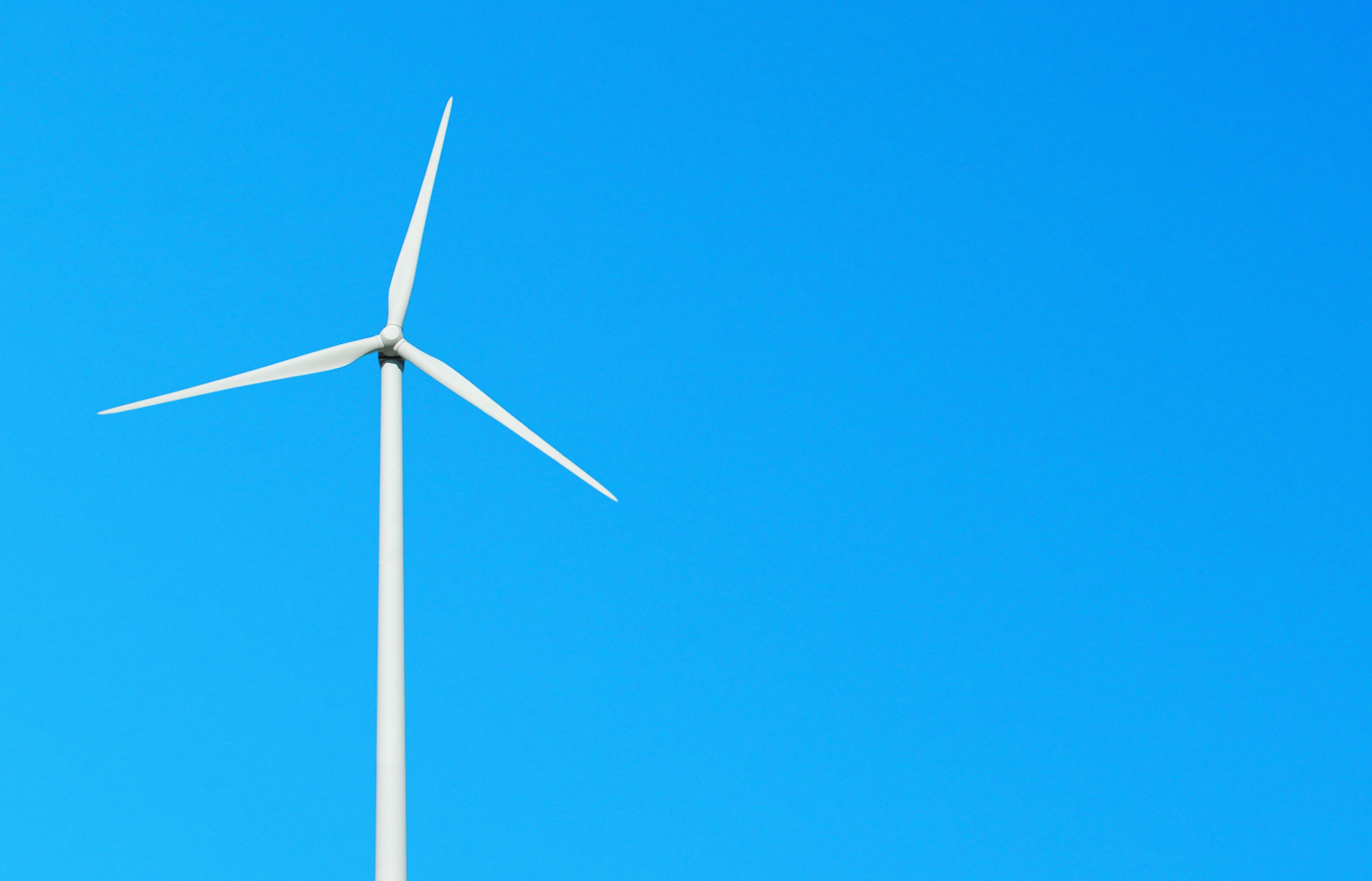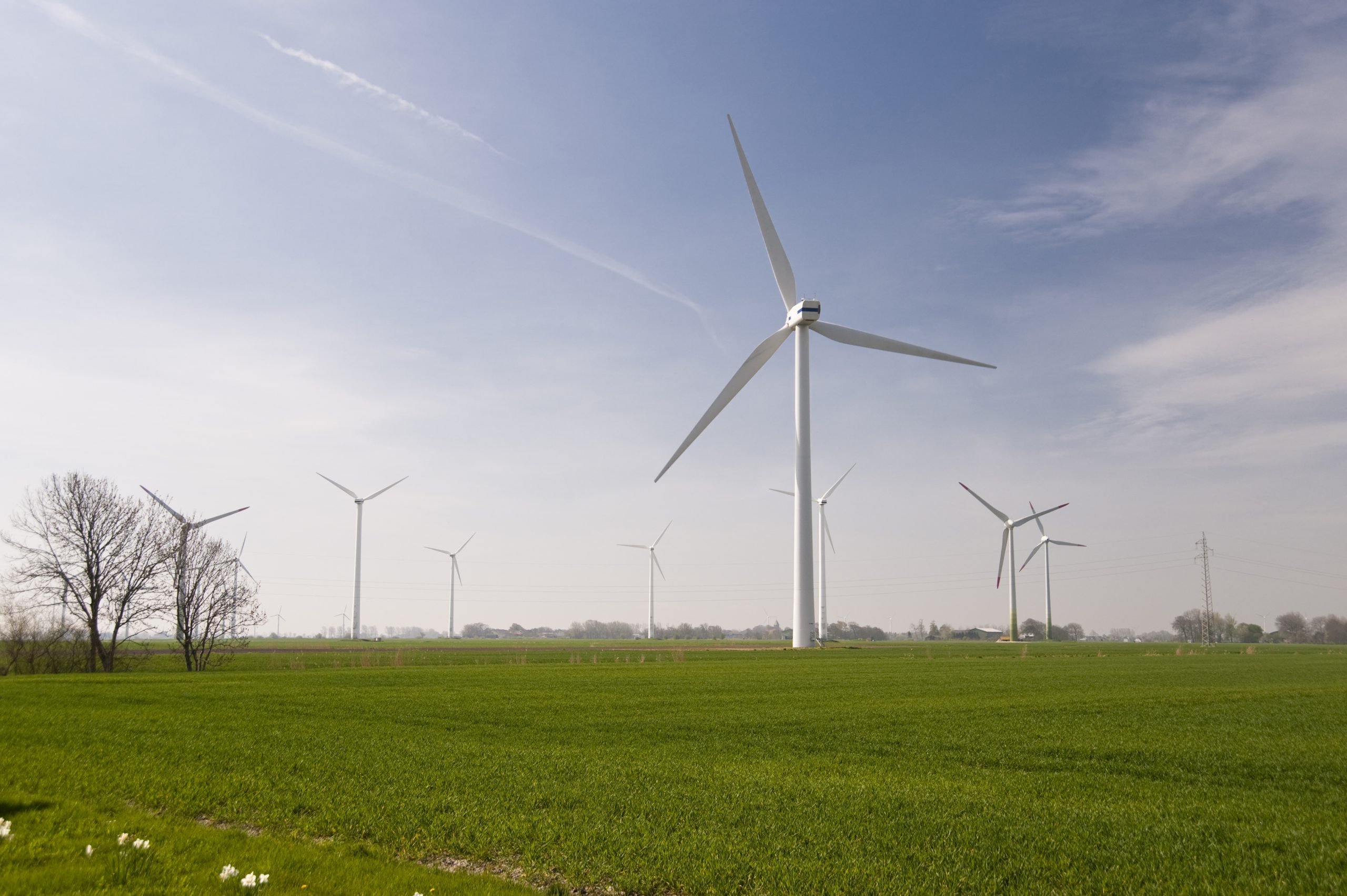Are you interested in learning more about solar panels? Whether you’re considering installing them on your roof or just want to learn more about this renewable energy source, we have everything you need to know right here. In our Solar Panels 101 guide, we’ll cover the basics of solar power, different types of solar panels, how they work, benefits of using solar power, installing solar panels on your roof, maintenance tips, common myths debunked, and frequently asked questions about solar panels. Let’s get started!

Introduction to Solar Panels
A solar panel is a device that converts sunlight into electricity. It’s made up of photovoltaic (PV) cells, which are typically made from silicon. When sunlight hits these PV cells, it causes an electrical current to flow through them, creating usable electricity.
Types of Solar Panels
There are several types of solar panels available on the market today. The most commonly used are monocrystalline, polycrystalline, thin-film, and bifacial solar panels. Monocrystalline solar panels are made from a single crystal of silicon and are considered to be the most efficient type of solar panel. Polycrystalline solar panels are made from multiple crystals of silicon and are slightly less efficient than monocrystalline panels. Thin-film solar panels are made using layers of photovoltaic materials deposited onto a substrate, making them lightweight and flexible. Bifacial solar panels generate electricity from both sides of the panel, increasing their efficiency.
How Do Solar Panels Work
As we mentioned earlier, solar panels convert sunlight into electricity. This process is known as the photovoltaic effect. When sunlight hits a solar panel, it excites the electrons within the PV cells, causing them to move around and create an electrical current. This current is then captured by wiring within the solar panel and sent to an inverter, which converts the DC (direct current) electricity generated by the solar panels into AC (alternating current) electricity that can be used to power your home or business.

The Benefits of Using Solar Power
There are many benefits to using solar power for your home or business. First and foremost, solar power is renewable and sustainable, meaning it won’t run out like traditional fossil fuels will. Additionally, using solar power can help reduce your carbon footprint and lower your utility bills over time. Many people choose to install solar panels because they offer a reliable source of backup power in case of emergencies or grid failures. Finally, solar panels can increase the value of your property if you decide to sell it in the future.
Installing Solar Panels on Your Roof
If you’re thinking about installing solar panels on your roof, there are some things you should consider first. Firstly, make sure your roof is structurally sound enough to support the weight of the solar panels. Secondly, consider the orientation and angle of your roof – ideally, your solar panels should face south towards the sun and have a pitch of between 30 and 45 degrees. Lastly, make sure you hire a reputable installer who has experience with solar panel installation. They’ll ensure that your system is installed correctly and meets all safety standards.
Maintenance and Cleaning Tips for Solar Panels
Once your solar panels are installed, you may wonder what kind of maintenance they require. Luckily, solar panels don’t require much maintenance at all! However, regular cleaning can help keep your panels operating efficiently. Dust, dirt, and debris can accumulate on your panels over time, reducing their ability to capture sunlight. To clean your panels, use a soft cloth and water to gently remove any buildup. Avoid using harsh chemicals or abrasive tools, as these can damage your panels.
Common Myths About Solar Energy Debunked
Despite the growing popularity of solar power, there are still many misconceptions about its efficacy and cost-effectiveness. Here are a few common myths about solar energy that we’d like to dispel:
Myth #1: Solar panels only work in direct sunlight. While solar panels do produce more electricity when exposed directly to sunlight, they can still generate electricity even under cloudy conditions.
Myth #2: Solar panels are too expensive. While the initial investment required for solar panel installation can be significant, solar panels can actually save you money in the long run by reducing your reliance on traditional utilities. Additionally, tax credits and other financial incentives may be available to offset the costs of installation.
Myth #3: Solar panels aren’t practical for residential use. On the contrary, solar panels are becoming increasingly popular among homeowners looking to reduce their carbon footprint and save money on their energy bills. Even small-scale residential systems can generate enough electricity to meet basic household needs.
FAQs about Solar Panels
Here are some frequently asked questions about solar panels that we hear often:
Q: How much does it cost to install solar panels?
A: The cost of installing solar panels varies depending on factors such as location, system size, and equipment quality. Generally speaking, however, the average cost of installing a residential solar panel system ranges from $9,000 to $28,000 after tax credits and rebates.
Q: Can I install solar panels myself?
A: While it’s technically possible to install solar panels yourself, it’s not recommended unless you have extensive knowledge of electrical and construction practices. Professional installation ensures that your system is installed safely and properly, maximizing its performance and lifespan.
Q: What happens during a blackout if my house runs on solar power?
A: During a blackout, homes with solar panels may continue to receive electricity from their batteries, assuming they have battery storage capabilities. If no battery storage exists, the home will lose access to electricity until the grid comes back online.
Leave a Reply